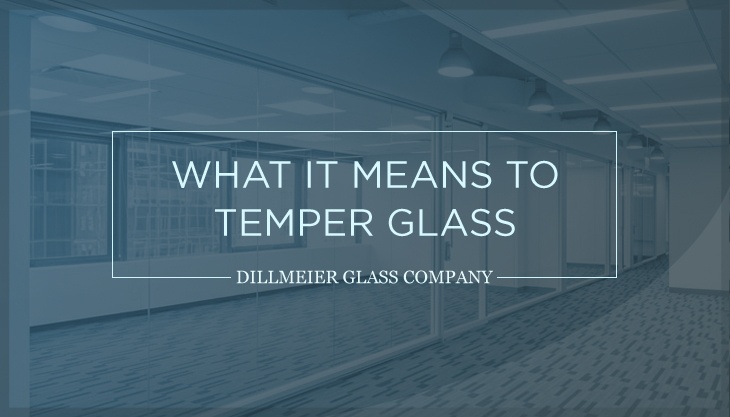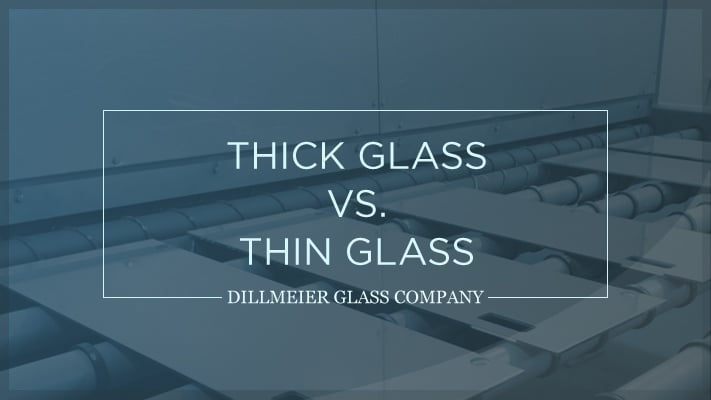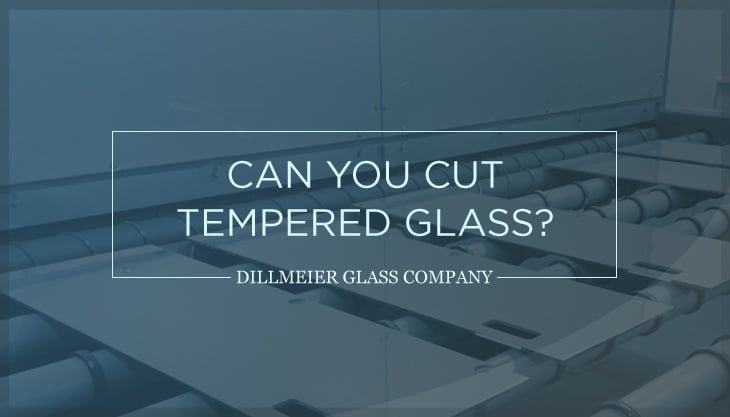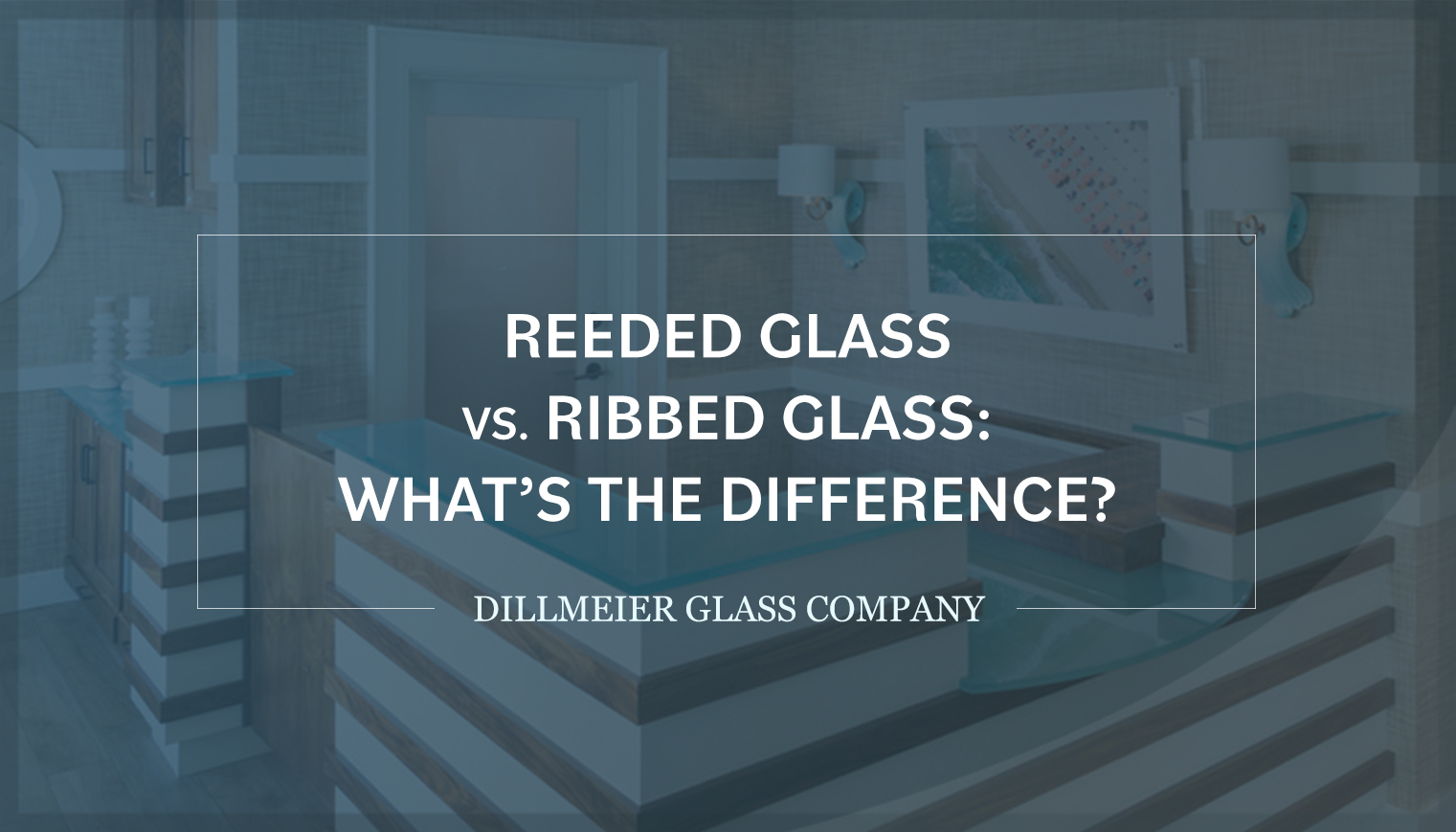
Tempered glass, or toughened glass, has been heat-treated to make it stronger and safer to prevent injury in case if it ever breaks. In fact, tempered glass is four to five times stronger than annealed, or untreated, glass. In the event of breakage, tempered glass fractures into small, relatively harmless pieces rather than jagged shards.
Most of the glass that you see in commercial and residential spaces has been tempered. Common applications include side and rear windows in vehicles, entrance doors, shower and tub enclosures, racquetball courts, patio furniture, microwave ovens, fireplace doors and grates, and skylights. Tempered glass is also used for interior railings, display cases, office walls, and anywhere else where robust, durable glass is called for.
Steps to Temper Glass:
Glass tempering occurs following the fabrication process via the following steps.
- Cut the glass into the desired shape first. Before the tempering process begins, the glass must be cut, shaped, and finish edge work. If a manufacturer attempts to etch or edge a piece of glass after the heat treatment has been done, the finished product will likely be weaker and more fragile than intended, increasing the likelihood of breakage and product failure.
- Inspect the glass for imperfections. Cracks or bubbles may cause the glass to break during any part of the tempering process; if any flaws are found, the glass cannot be tempered.
- Wash the glass. This step removes any tiny grains of glass deposited during grinding, as well as any dirt that could interfere with the tempering process.
- Select the right tempering recipe. In order to temper glass correctly, the operator must select the right recipe based on glass type and thickness. This consists of cycle time, temperature, quenching and cooling pressure.
- Quench the glass to cool it. The heated glass is subjected to seconds of high-pressure blasts of cool air, a process known as quenching. The rapid cooling causes the outer surfaces of the glass to cool and contract faster than the interior. As the inner layer of the glass cools, it tries to pull back from the outer surfaces, which causes tension. This pressure is what makes the tempered glass so strong.
Another way to temper glass is called chemical tempering. Rather than using a tempering oven, a post-production chemical compound is applied to the glass, causing the exchange of ions on the surface so the material compresses or flattens to create inner tension. But this method is not widely used because it is significantly more expensive.
Once the tempering process is complete, a trained glass inspector examines the sheet of tempered glass to ensure its quality before it is delivered to the customer.
Tempering Processes Built on Safety & Quality
More than 90 percent of the glass that Dillmeier Glass Company supplies is safety-tempered glass. As an SGCC-certified tempering company, we have perfected the process of tempering glass to meet national stringent safety requirements and quality standards, while still achieving superior turn-around times for each customer.
Contact us today to learn how we can assist with all of your tempered glass and fabrication needs.











Leave a Comment